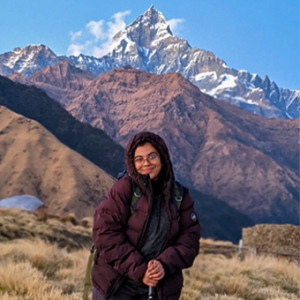Did you ever think how trekkers conquer the challenging trails of the Himalayas without carrying their own gears and luggage? Who conquers the challenge of transporting food, tents, and gear to the high-altitude camps so that the trek becomes possible? While trekkers follow their dreams of being at the foot of the world's highest peaks, there are others who carry the load on their backs, porters, the unseen heroes of the Himalayas.
The Himalayas, with their breathtaking beauty and towering peaks, are the dream destination of all climbers and trekkers around the world. From the legendary trails of Everest Base Camp and Annapurna Circuit to the remote routes of Dolpo and Kanchenjunga, the mountains invite challenge, beauty, and adventure-seekers.
As travelers embark on their journey to trek through these magnificent trails, there is a lesser-known community of individuals who make these trips possible, the porters. These Himalayan unsung heroes are assigned to ensure trekkers and climbers enjoy a comfortable, supported, and safe journey.
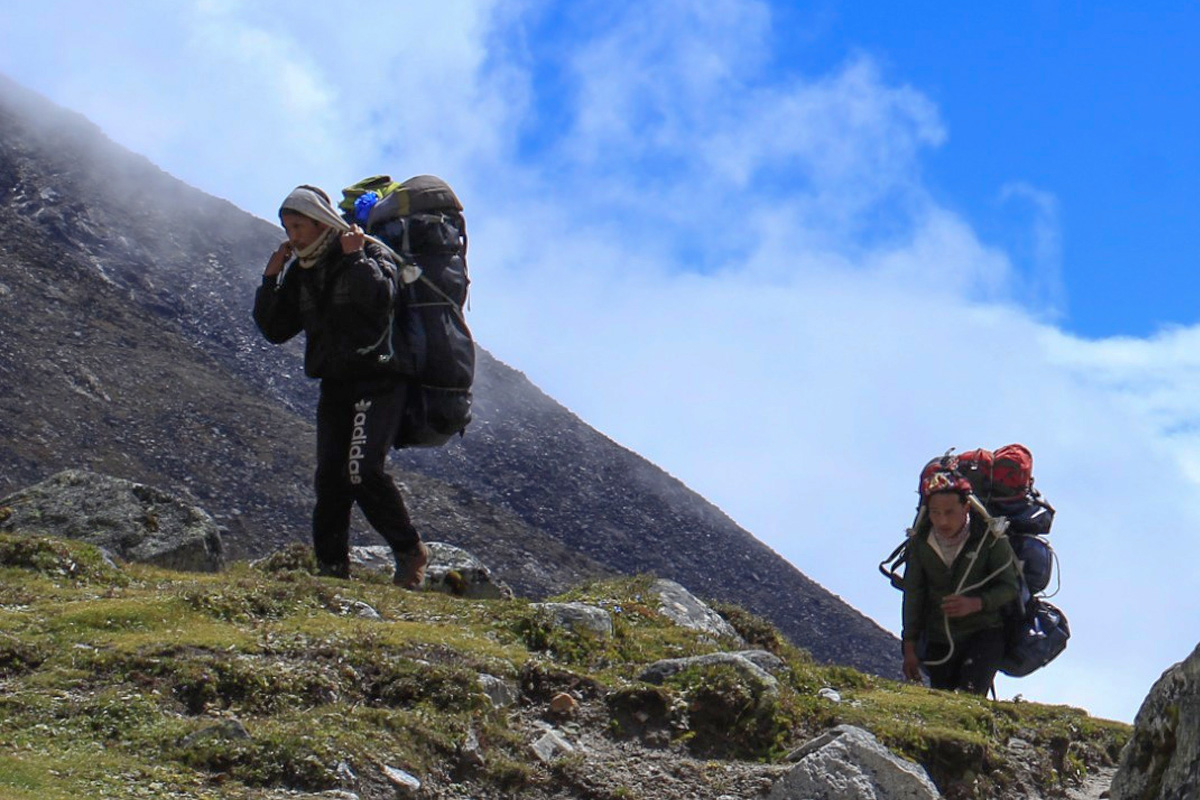
Usually walking ahead of the group or quietly trailing behind, porters carry the literal weight of the trek, backpacks, tents, cooking gears, and sometimes even the hopes and dreams of the trekkers themselves. With baskets strapped to their backs and a length of plain rope tied around their forehead for support, they climb rugged passes, survive harsh weather, and walk dangerous ground, all for 30 to 40 kilograms or more.
Their job is more than just transporting goods. They set up camps in advance for trekkers, help prepare meals, and will most likely help you in cases of emergency. Their work goes unrewarded with minimal appreciation, little compensation, and even lack the basic gear or warm clothing they deserve.
We admire the peaks. We share photos of white-topped summits and dawn views from high-altitude viewpoints. But how often do we pause to appreciate those who made it all happen?
This blog is a tribute to them—the strong backs and stronger hearts behind each Himalayan expedition. It's time we bring their stories to the forefront, appreciate their resilience, and acknowledge porters not just as support staff, but as the true heroes of the Himalayas.

The Backbone of Himalayan Trekking
Porters are the strongest yet unrecognized workers of Nepalese trekking and mountaineering, quietly toiling behind the scenes to ensure every adventure is a success. They carry the heavy loads, typically from 30 kilograms, and occasionally 40 kilograms, to carry tents, sleeping bags, cooking equipment, food, and trekkers' personal gear. Without their efforts, most tourists would be unable to complete multi-day treks into the Himalayas.
Whether it's the crowded trails of the Everest Base Camp trek, the scenic loops of the Annapurna Circuit, or the rugged, isolated trails of Upper Dolpo, the porters are there, climbing up steep ridges, walking along swinging suspension bridges, pushing through rocky trails, battling through landslides, snow, and floods of rain. And yet, they do it all with a quiet strength and an unsaid devotion that is nothing but phenomenal.
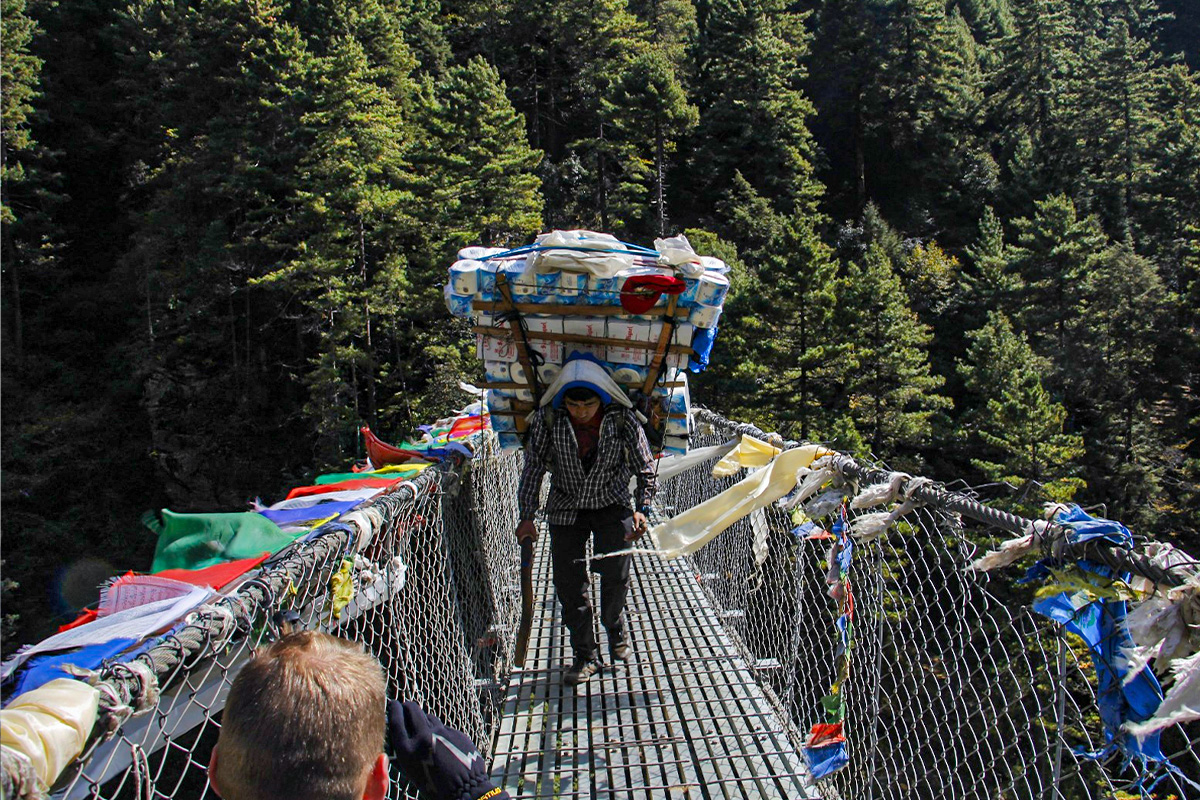
Most of these trails in Nepal ascend to elevations at which the air is thin and each step acquires the weight of a mountain itself. Trekkers struggle with headaches, fatigue, and altitude sickness, but porters, even though they have such burdens on their backs, press on with incredible endurance. Some have but simple footwear, simple attire, and bear the burden on their forehead with a strap (namlo), the traditional method dating back generations.
Their role is not just physical, it's also deeply emotional and cultural. Porters are the middleman for trekkers and mountaineers, often acting as unofficial guides, interpreters, and even morale officers. When things do go wrong, bad weather, accidents, or altitude sickness, it's the porters who are first to respond.
In all respects, they are the behind-the-scenes force who pushes the Himalayan dream forward. And as much as summits are the focus, it is the dedication of porters that make them reachable.
A Life of Strength and Endurance
Trekking through the trails of the Himalayas is no joke, even for experienced adventurers. But for porters, the job involves much more than just walking on the trail. They carry loads that weigh as much as 30 to 40 kilograms, strapped on their backs or slung over a strap across their foreheads. They set out each day before dawn, traveling 10 to 20 kilometers over rough, rocky, and sometimes dangerous trails with gear that would tire the shoulders of the strongest among us.
Their endurance is just unbelievable. From the freezing cold-winds of high passes like Thorong La or Renjo La to the blistering heat of lower altitudes, porters walk through all sorts of weather that nature throws their way. Rainy trails, snow-covered ridges, landslides, and altitude sickness are just some aspects of their life, but they rarely complain.
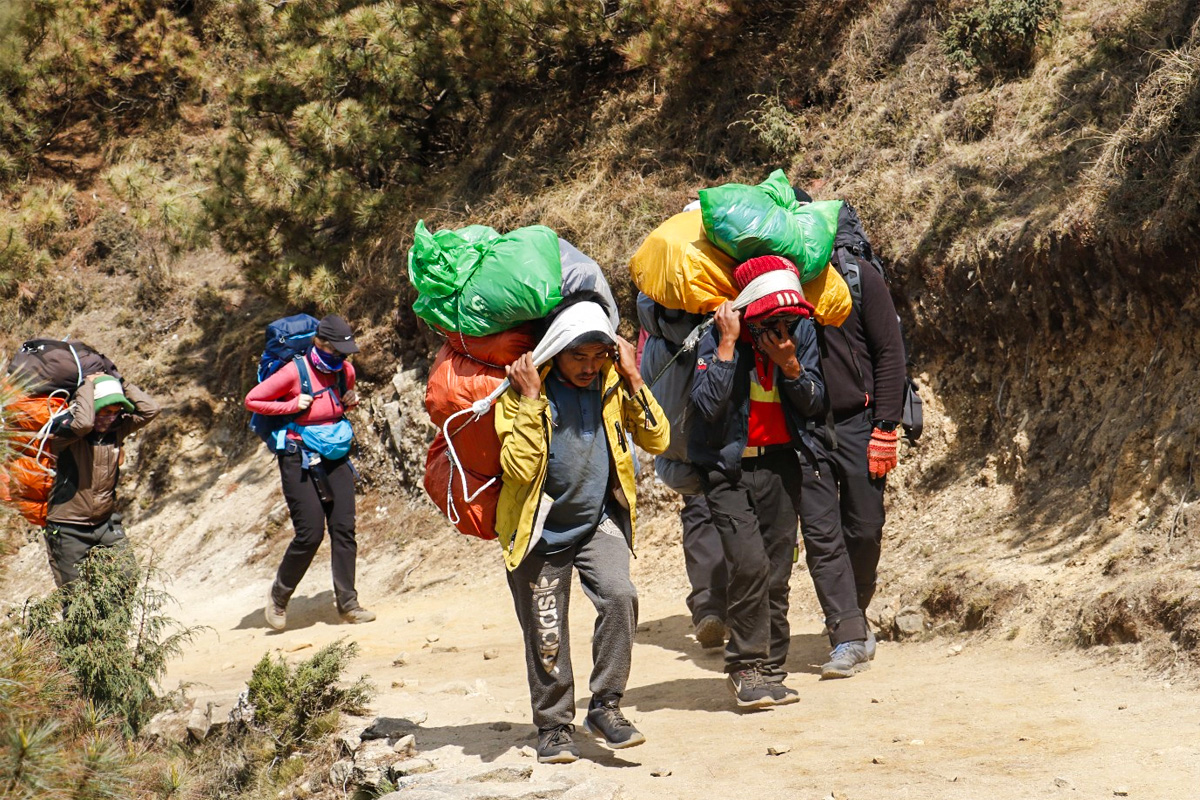
What is most remarkable about their stamina, however, is that it's not so much physical, it's just extremely psychological. The willingness to walk for days, rest in simple shelters, and get up again and do it all over again takes unbelievable inner strength. Many of the porters are back on the trail within a week or so of finishing a trek, sending their money home.
And yet, in the middle of the struggle, most of the porters smile along the way. They joke, sing folk songs, tell stories of the mountains, and help struggling trekkers without hesitation. Their hospitality is genuine and rooted in Nepali culture, soft, open, generous even when they have virtually nothing for themselves.
Porters are not just laborers, they are guardians of the trail, walking books of local knowledge, and often the most inspiring people you’ll meet in the mountains. Their life is a daily act of strength, both seen and unseen, and it deserves to be recognized with the deepest respect.
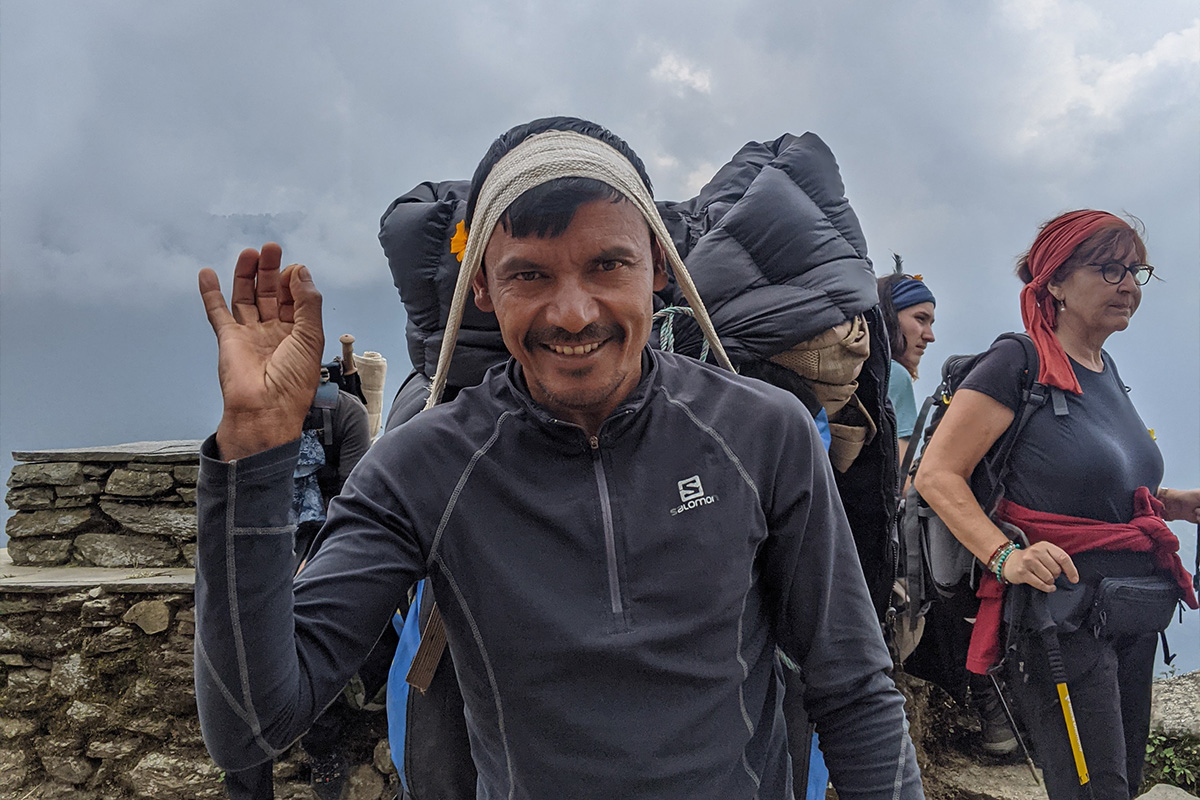
Porters are more than just "Load Carriers"
Porters are more than just carriers, unobtrusive guardians of the Himalayas. They are from remote mountain villages, raised in high-altitude environments that have naturally acclimatized them to the harsh terrain and climate. Their intimate knowledge of the terrain, the bond with weather, and local traditions brings invaluable insight to every trek.
They often also act as unofficial guides, cultural interpreters, and first aid attendants. In times of himalayan emergencies,whether it's a case of altitude sickness or an unforeseen injury, porters have been known to save lives, providing instant care and even carrying trekkers to a safer space when needed. Their role is infused with resilience, wisdom, and compassion.
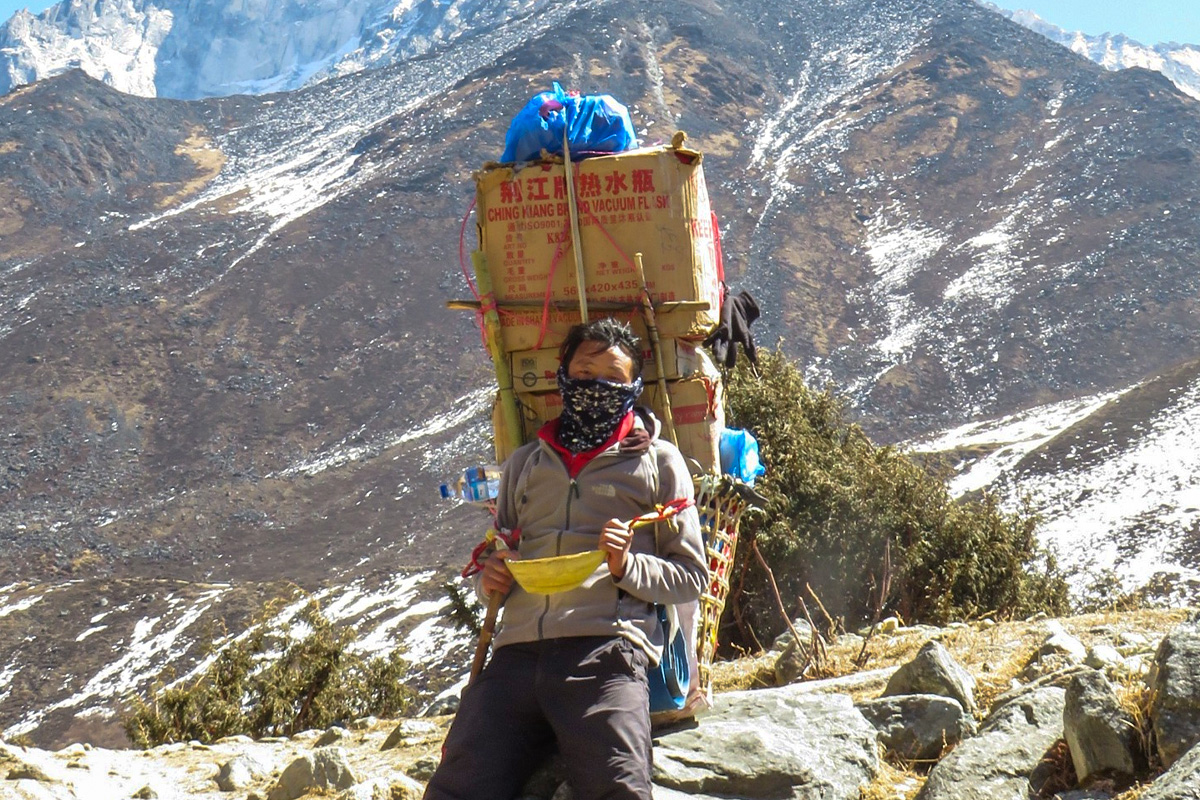
Challenges They Face
Despite their invaluable service to Himalayan trekking, the porters themselves must endure harsh and unfair working conditions. They carry heavy loads, often more than the legal limit, without the benefit of proper gear, wearing thin clothing and little footwear like flip-flops or worn-out sandals, even in freezing temperatures.
Low pay, no health insurance, and minimal medical attention are very common. Some porters must sleep in tight quarters or go without hot food after tiring trekking days. All of these point to a critical need for better treatment and protection.
Fortunately, organizations like the International Porter Protection Group (IPPG) and the Trekking Agencies' Association of Nepal (TAAN) are working to improve porter welfare, advocating for fair pay, decent clothing, shelter, food, and insurance coverage, especially for high-altitude treks.
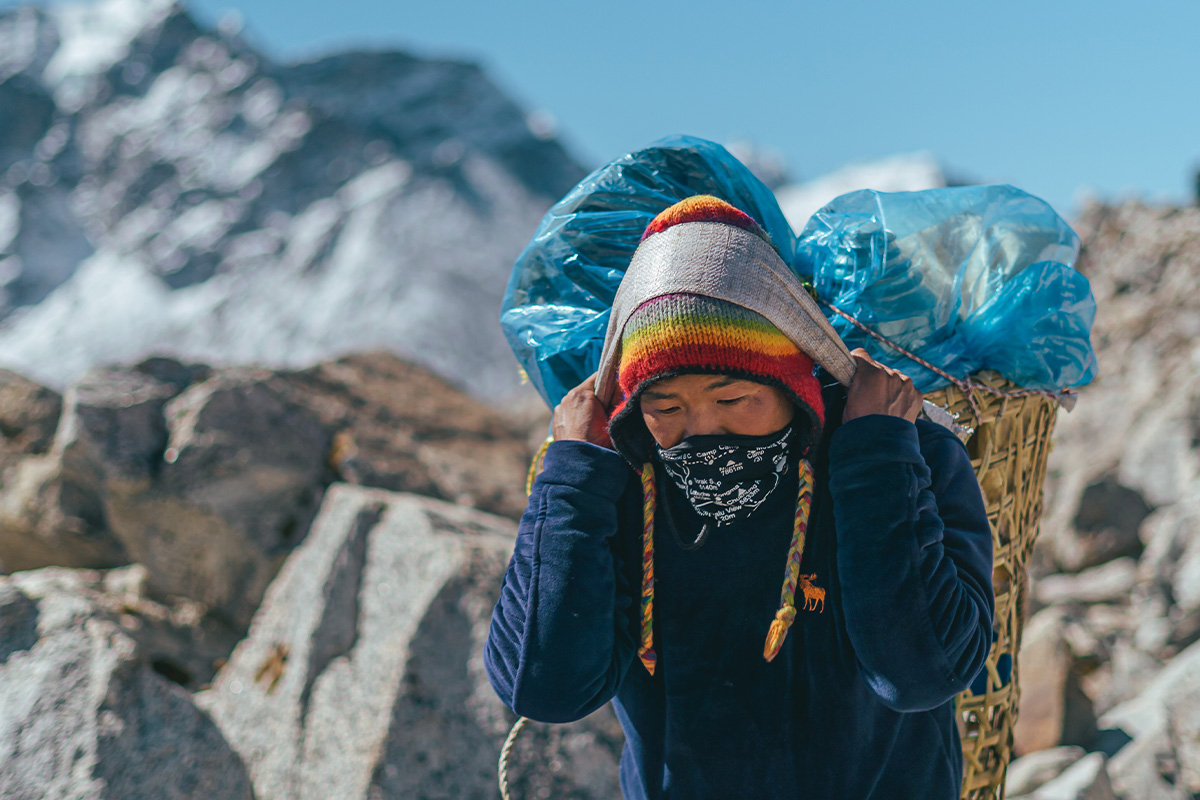
How Trekkers Can Help Porters?
Where porters carry the physical burden of our Himalayan treks, we trekkers carry the ethical responsibility of respecting, supporting, and empowering them. Simple acts go a long way in making their lives and working conditions more comfortable. Here's what you can do:
1. Hire Responsibly
Always choose trekking agencies that treat their porters ethically. Local Travel Agencies ensure that porters are well paid, well accommodated, fed, clothed, and insured,especially for high-altitude treks. It also works to improve the industry standard by patronizing such agencies.
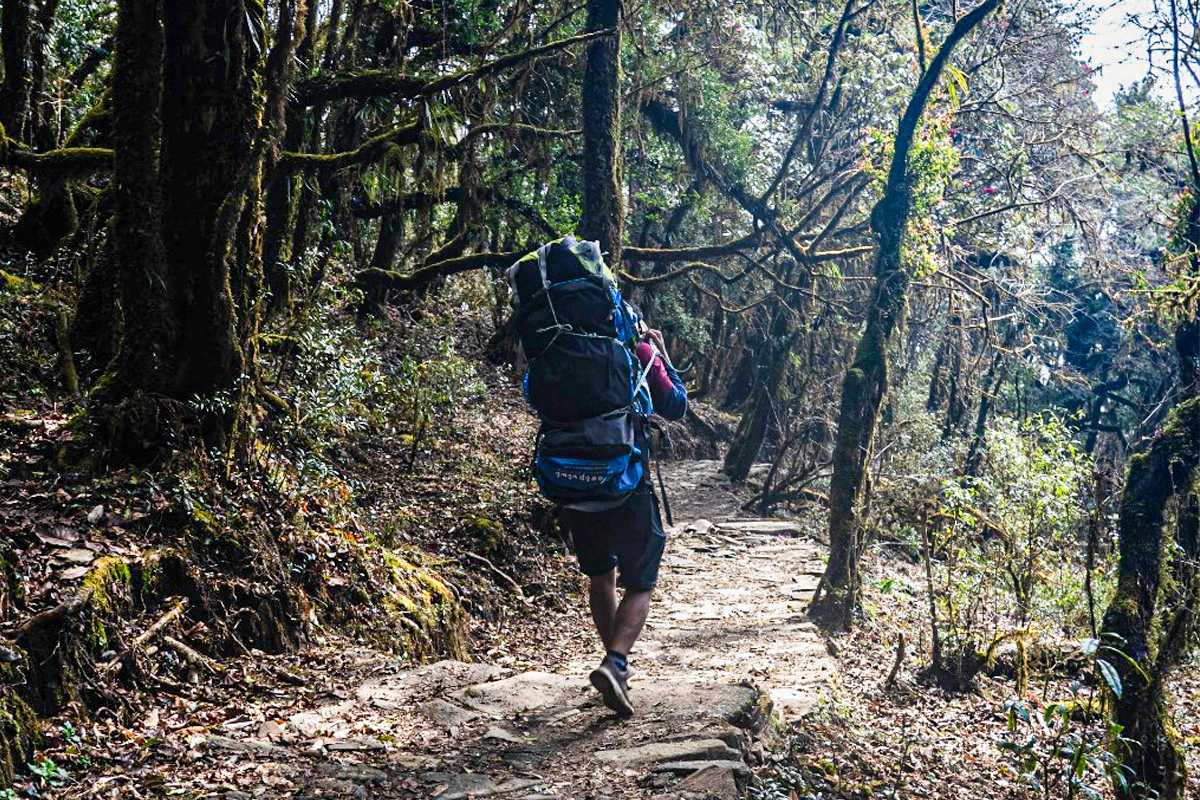
2. Respect Load Limits
Don't overload your porter. Follow the recommended weight, usually not exceeding 20–25 kilograms per porter. Overloading them not only risks their health but also violates ethical trekking principles. Pack light and be compassionate.
3. Provide Proper Gear
A majority of porter's head into the harsh conditions poorly-equipped with trekking gear. If you can, donate warm jackets, decent boots, gloves, thermals, or sunglasses. Even a single item goes a long, long way. Some trekkers also leave behind some extra gear at the completion of their trek, which is most welcome.
4. Show Appreciation and Kindness
Porters are human beings with stories, families, and dreams. A smile, a word of encouragement, or simply being polite to them can make the relationship more meaningful. Invite them to sit with you, share a meal, or ask them about their village. It shows that you value them more than as a worker.
By being thoughtful and well-prepared, you contribute to a more respectful, humane, and sustainable trekking culture in Nepal. Being porter-friendly is not just the right thing to do, it's an essential part of being a thoughtful explorer.
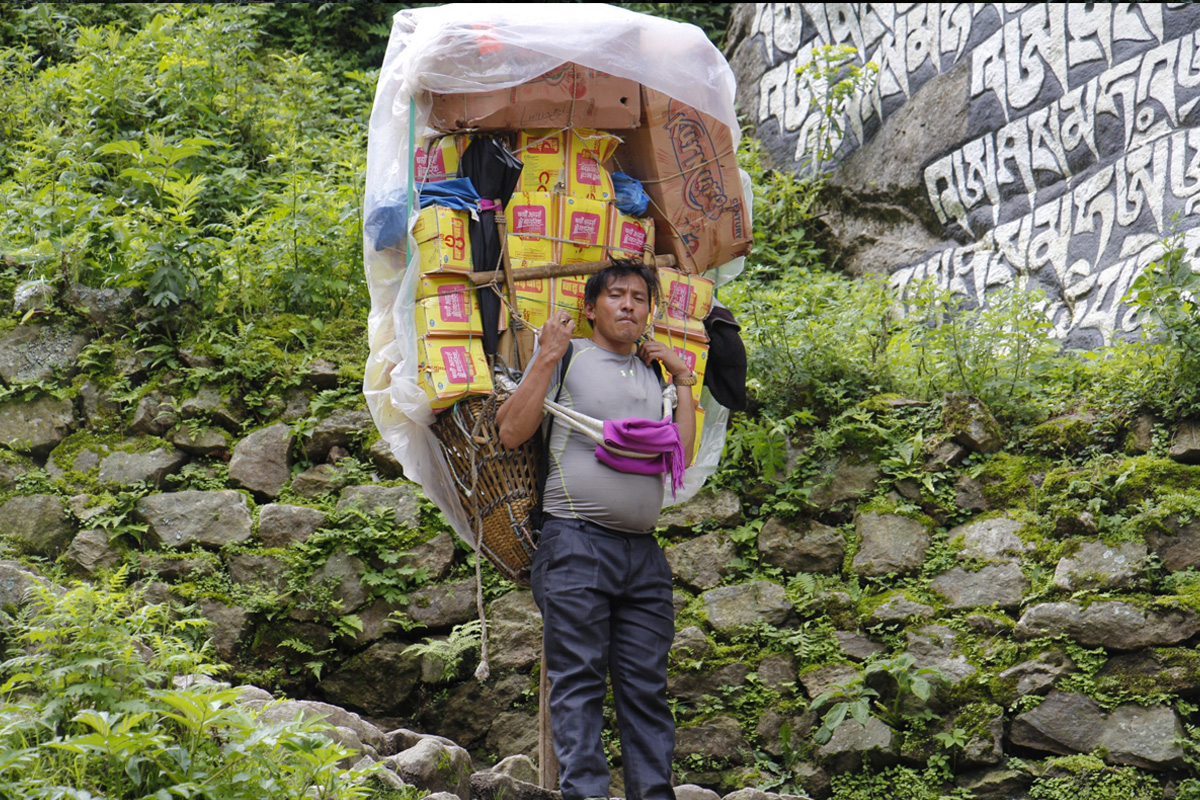
Conclusion
Porters are the silent heroes of the Himalayas, often unseen, yet absolutely essential. Every successful trek, every unforgettable moment in the mountains, is made possible by their steady strength, resilience, and quiet dedication. They walk ahead, behind, and beside us, carrying not only our gear but often the weight of our entire journey. Their contributions go far beyond physical labor, they represent the heart and soul of trekking in Nepal. Yet, too often, their efforts go unrecognized and unrewarded.
As travelers and adventurers, it is our responsibility to ensure they are treated with the respect, fairness, and gratitude they truly deserve. The next time you lace up your boots and step onto a Himalayan trail, take a moment to thank your porter, learn their name, hear their story, and support their well-being however you can. Because without porters, the magic of Himalayan trekking wouldn’t exist as we know it.











